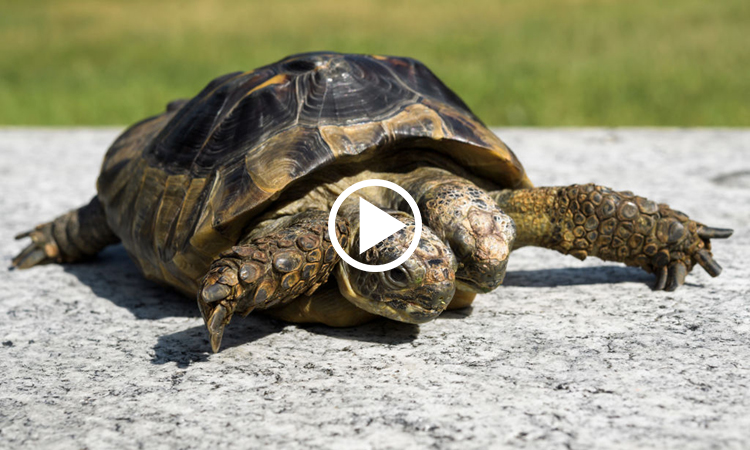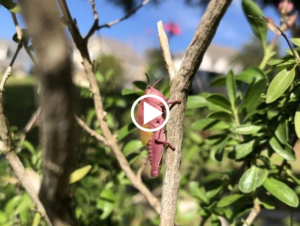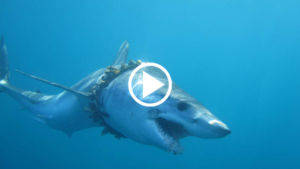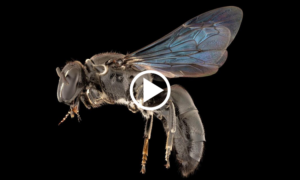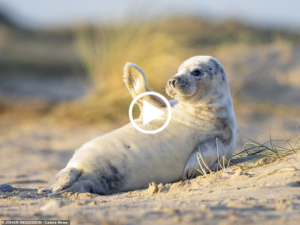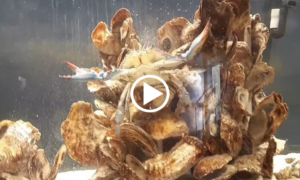With two separate brains, the 22-year-old turtle had trouble whenever one end wanted to go right, the other wanted to go left.
The Greek turtle Janus was born on September 3, 1997 from an egg donated by the Geneva Natural History Museum. Janus’ chances of survival in the wild are extremely low as the two heads make him vulnerable and difficult to move. However, thanks to the museum’s careful care, the animal has survived for over 22 years, a record for two-headed creatures. Staff here are preparing to celebrate Janus’ 23rd birthday, The Epoch Times reported on August 11.
“Janus can’t fully retract his head. If it’s a predator, I can attack both ends, which are very visible. So in the wild, such creatures are almost non-existent. Have a chance of surviving- beyond a few hours or days, ”said Andreas Schmitz, herpetologist and amphibian at the Geneva Natural History Museum.
Another problem with Janus is that each head has its own brain. This makes it difficult for him to decide what to do or where to go. “If one end wants to go to the right but the other end wants to go to the left, there is an information conflict and in the end the turtle doesn’t move at all,” Schmitz said. With Janus, one end slightly protrudes the other.
The Geneva Museum of Natural History does not keep animals alive, but Janus is an exception. Janus’ barn is equipped with a UV lamp. The animal was also given a variety of berries and lettuce to taste.
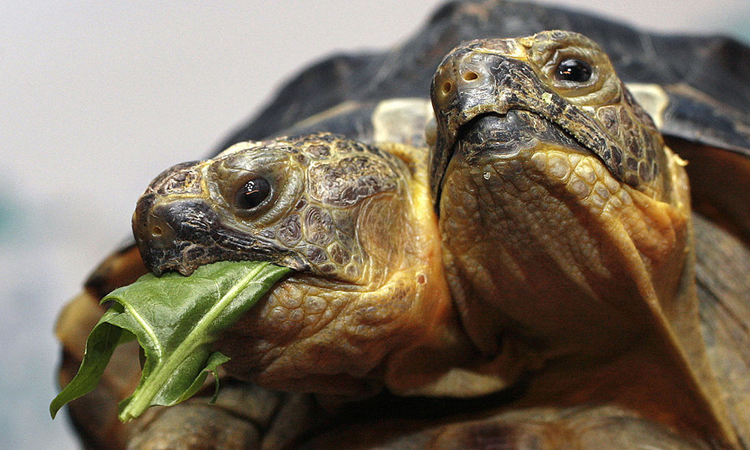
When the Covid-19 outbreak caused the museum to close, the staff always took good care of Janus. This summer, the turtle can go outside when the temperature is around 20-23 degrees Celsius to get the UV rays and vitamin D it needs.
The staff bathed Janus daily to clean the apricots and remove dangerous fungi. The bath water should be kept warm, around 26-30 degrees C. During the bath, the animal is so comfortable that it stretches its paws and sleeps, said Angelica Bourdoin, a museum employee.
The genetic mutation that causes Janus to have two heads also appears to affect the shell. “The shell is misshapen, not round like other Greek turtles,” Schmitz said. If Janus falls on his back, he won’t be able to turn around. Therefore, the museum is also very careful when designing accommodation for the animal.
Rare bee species reappear after 100 years


